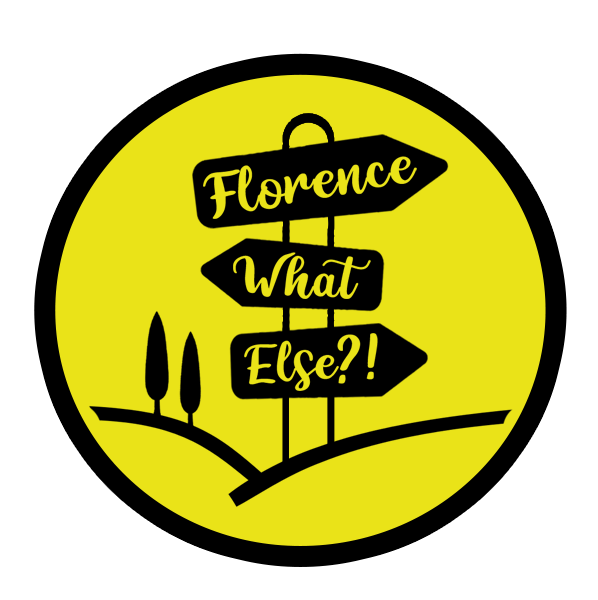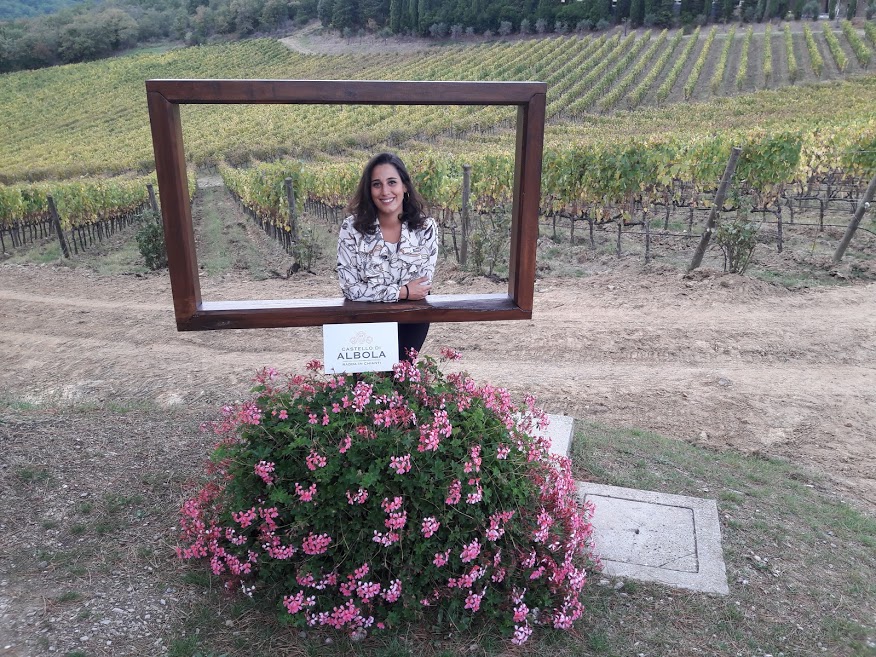You cannot missing a food and wine tour. Come with me to the Castle of Albola!
Once you have done the classic tour of Renaissance museums and churches of the historical center, the thing that they surely can’t miss during a trip to Tuscany is a food and wine tour.
All the Italians and especially the ones from the South, have a very intense relationship with food because it reminds us of our family, our home and it’s a moment of sharing. My friends and I perfectly represent the stereotype of Neapolitans who when sitting at the table, could even spend 3 hours straight eating and chatting. That’s why I thought that a Tuscan wine and food tasting in the Chianti region would surely have made everyone happy.
First thing in the morning (at 10.30 and half an hour late compared to the scheduled time) we take our cars and from Florence we leave for the tuscan countryside. The journey by car to our destination is already itself an experience, especially for my friends not used to see these breathtaking hill landscapes.

After about an hour, we reach Castello di Albola, a characteristic medieval village whose first traces date back to the year one thousand, belonged to several noble Tuscan families and from 1979 owned by the Venetian Zonin family, which mainly dedicated its work to the care and development of the surrounding vineyards.

We are welcomed by a young and nice man, Carloalberto, who is in charge of the hospitality, and with him we begin the visit. We start from the vineyards and he begins with the explanation of the characteristics of the land, the grapes variety and the different process for the vines maintenance.

There are very specific rules for Chianti Classico Production, a typical wine made with a minimum percentage of 80% San Giovese, Italian grapes, and the remaining part with French grapes and it’s on Chianti Classico that Castello di Albola focuses its work.

Next step is the visit of the cellars, with the barrels and barriques used to refine the wine, whose characteristics and aromas will change according to the size of the barrel in which it ages and therefore to greater or lesser contact with the wood. Here we can also see all the bottles of wine aged from the 50s up to today.

Then we move into the gardens of the manor house, which can only be visited when the owners are not there, and believe me, the vegetable garden would have even made my neighbor jealous , who cultivates cabbages that look like works of art. The gardens are a piece of heaven and the villa seen from the outside is really impressive.
The final part of our visit is in the visantaia. Here the grapes are naturally dried and then left to ferment in chestnut casks. The result is a wine with a high alcohol content, a golden and liqueur color, used in fact as a sweet wine to dip the cantuccini in, typical Tuscan cookies.

Carloalberto understands that we are hungry and above all thirsty and that it’s time to take us inside to start our wine and food tasting.

3 red and 1 white wines of their production, roasted bred with ham, chicken livers, lard and pecorino cheese, pappardelle with wild boar meat, Tuscan tagliere with ham, salami and cheese, vin santo and cantuccini plus coffee and liquors.
This is the menu of our LIGHT LUNCH (there is also the option of a Tuscan lunch that includes a second course) all accompanied by the kindness of the staff of Albola.

I really loved everything about the visit and tasting and my friends as well. Fortunately, my choice was just right so I enjoyed listening my friends praising me about how good I am as a tour guide (with a full stomach and a little tipsy they were more generous with compliments.)

I’d like to bring you too. Would you like to come with me?

